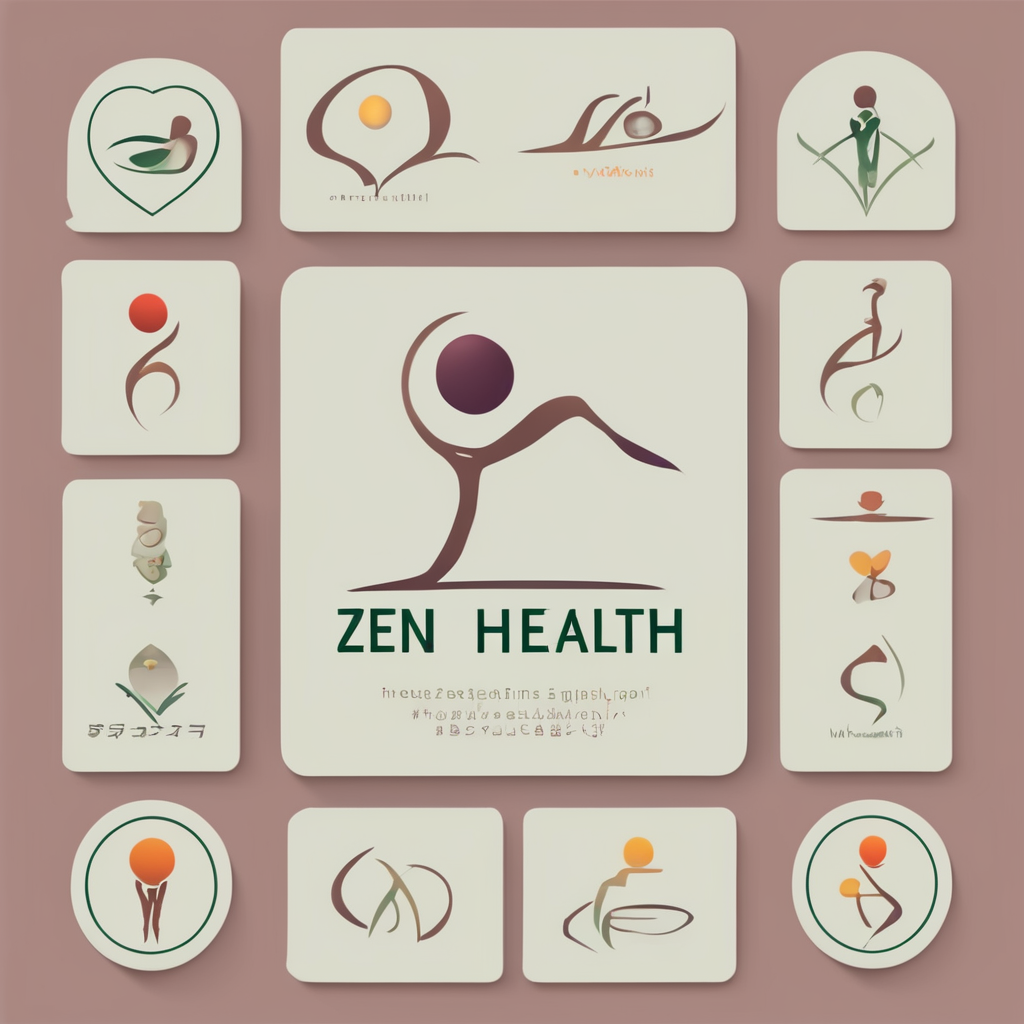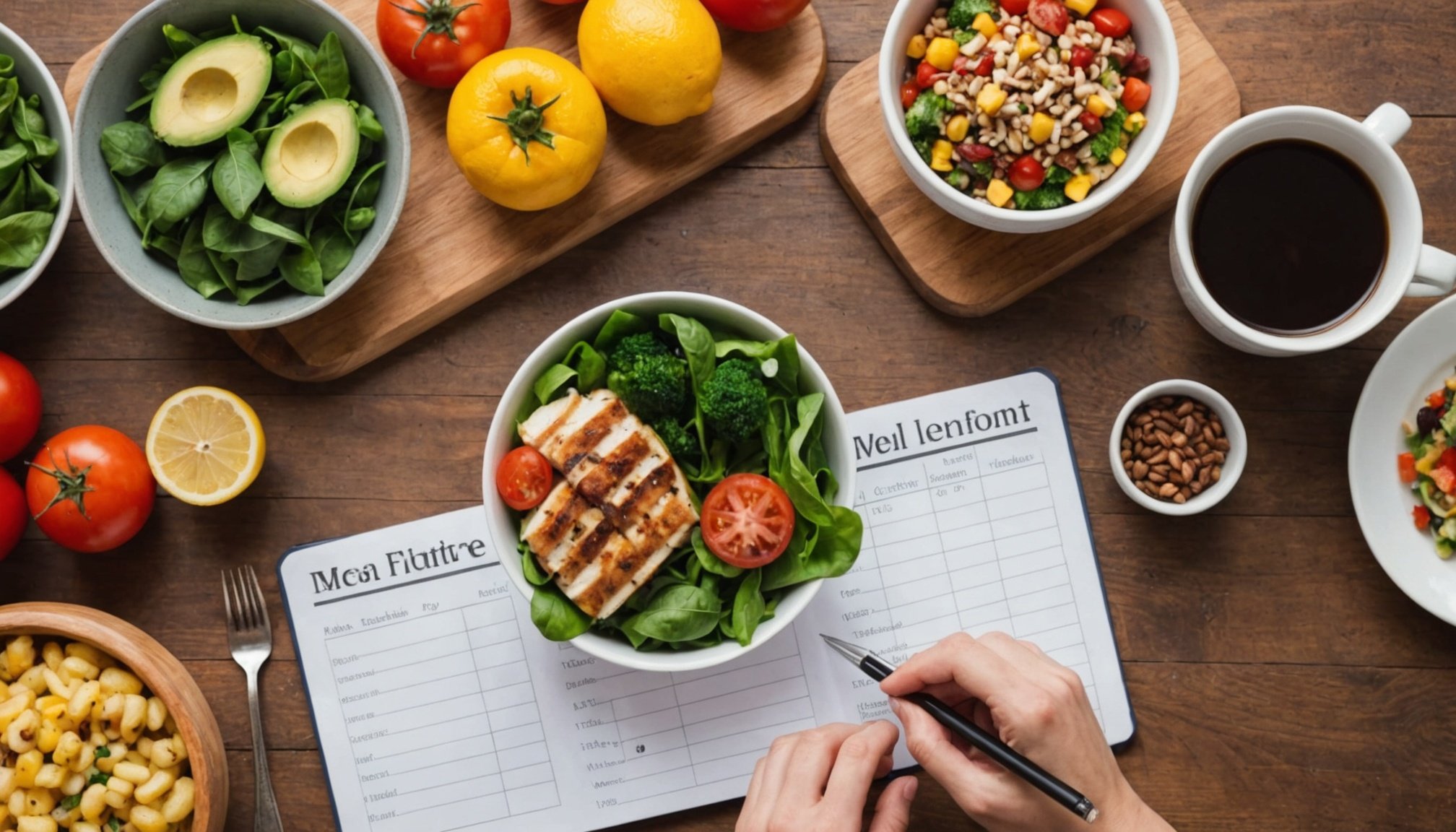Meal planning can be a game-changer in your journey towards healthier eating. By taking the time to prepare your meals in advance, you not only save yourself from the stress of last-minute cooking but also ensure that you are making choices that align with your health goals. In this article, you will discover effective techniques for meal planning that can help you avoid unhealthy options and embrace a more nutritious lifestyle. Let’s delve into the various strategies that will transform your approach to food preparation and make healthy eating a breeze.
Understanding the Importance of Meal Planning
To appreciate the value of meal planning, it’s essential to recognize how it can impact your overall health. Many people find themselves making poor food choices when they are hungry and pressed for time. By pre-planning your meals, you reduce the likelihood of resorting to takeout or processed food that may not align with your health goals.
In parallel : How can you maintain your weight loss progress during holidays and special occasions?
Meal planning allows you to take control over your nutrition. You can choose ingredients that are rich in vitamins and minerals, focusing on whole foods like fresh vegetables, lean proteins, and healthy fats. Not only does this contribute to your physical health, but it also has benefits for your mental well-being. Knowing that you have healthy meals ready to go can significantly reduce stress and anxiety related to cooking and eating.
When you begin to plan your meals, it’s also an opportunity to engage your family. Involving them in the planning and prep process can teach important lessons about nutrition and cooking. This collaboration can create a sense of togetherness and make everyone more invested in eating healthy. Overall, understanding the importance of meal planning is the first step towards making it an integral part of your lifestyle.
Also to see : What are the psychological benefits of keeping a food diary for weight loss?
Setting Clear Goals for Your Meal Planning
Setting clear goals is crucial when starting your meal planning journey. By establishing what you want to achieve, you can tailor your meals and prep strategies accordingly. Are you looking to lose weight, maintain your current health, or simply eat more vegetables? Your goals will guide your choices.
Begin by assessing your current eating habits. Reflect on how many times you find yourself grabbing fast food or unhealthy snacks. This self-assessment will help you identify areas where you can improve. Once you know your weaknesses, you can create a meal plan that directly addresses them. For instance, if you struggle with consuming enough greens, ensure that you incorporate a variety of vegetables into your meals throughout the week.
Another crucial aspect is portion control. By determining how much food you need for each meal, you can avoid overeating and ensure that you are fueling your body appropriately. Whether you are cooking for yourself or your family, portion sizes should reflect individual needs and activity levels. Perhaps you want to prepare meals that can serve as leftovers for lunch the next day. Setting goals not only helps you plan dishes but also reduces waste and saves time in the long run.
Choosing the Right Ingredients
Selecting the right ingredients is fundamental to successful meal planning. Emphasizing whole, unprocessed foods will lead you to healthier meals. Make a conscious effort to include a variety of vegetables, fruits, whole grains, and lean proteins in your shopping list.
When you visit the grocery store, focus on the perimeter of the store where fresh produce, meats, and dairy products are typically located. Try to limit your time in the aisles filled with processed and packaged food. Stocking up on seasonal vegetables can also enhance the flavor of your meals and provide essential nutrients. For instance, using fresh herbs can elevate a simple dish while also boosting its health benefits.
Incorporating a rainbow of colors into your meal prep not only makes your dishes visually appealing but also ensures that you receive a wide range of nutrients. Each color represents different vitamins and minerals; therefore, the more diverse your meals, the better. Additionally, consider your family’s preferences when selecting ingredients. Engaging them in the process can lead to more satisfying meals that everyone enjoys, reducing the temptation to veer towards unhealthy options.
Creating a Weekly Meal Plan
Once you have set your goals and selected your ingredients, the next step is to create a weekly meal plan. This structured approach can help in organizing your time efficiently and ensuring that you have everything needed for your meals.
Start by mapping out your week. Identify days when you may have more time to cook or when you might need quick meals due to busy schedules. For example, if you know Wednesday evenings are hectic, plan for a simple stir-fry or a slow cooker meal that can be prepared in advance and enjoyed with minimal effort.
Use a calendar or a meal planning app to label each day with the corresponding meals. Make sure to include breakfast, lunch, dinner, and any snacks. This interactive process enables you to visualize your week and helps to ensure a balanced intake of nutrients. Additionally, consider batch cooking certain meals. Preparing larger portions of specific dishes and portioning them out for the week can save time and prevent you from reaching for unhealthy alternatives.
Don’t forget to include a variety of textures and flavors. Mixing up your choices will not only make the week more enjoyable but also provide a broader spectrum of nutrients. As you create this plan, keep your goals in mind and adjust as needed. Flexibility is essential; if a particular plan isn’t working, revisit your strategy and make necessary changes.
Efficient Meal Prep Techniques
Once you have a solid meal plan in place, the next crucial step is to implement efficient meal prep techniques. How you prepare your meals can significantly impact how likely you are to stick to your healthy eating goals.
Start with a designated meal prep day. Many people find Sundays to be the perfect opportunity to cook and prepare for the week ahead. Allocate a few hours to chop vegetables, marinate proteins, or cook grains in bulk. Store these items in clear containers to make assembly quick and easy during the week. Labeling containers with the name of the dish and the date can also help keep track of freshness.
Another effective technique involves using storage bags or containers that allow you to freeze meals. This is particularly useful for soups, stews, and casseroles. Preparing and freezing in advance ensures that you always have a healthy option on hand, reducing the temptation to opt for unhealthy takeout. Additionally, consider incorporating one-pot meals that require minimal effort and cleanup. Dishes that can be made in a slow cooker or instant pot are fantastic for this purpose, allowing you to throw everything in and let it cook while you focus on other tasks.
Lastly, don’t underestimate the power of leftovers. Cooking larger quantities means you can repurpose them into new meals. For example, grilled chicken can transform into salads, wraps, or stir-fries. This creative approach not only reduces waste but also keeps your weekly menu exciting and varied.
In conclusion, adopting effective meal planning techniques can significantly improve your relationship with food and assist in achieving your health goals. By understanding the importance of meal planning, setting clear objectives, selecting quality ingredients, creating a structured weekly plan, and mastering efficient meal prep techniques, you can ensure that you are consistently making healthy choices. Remember, the key is to keep it simple, engage your family, and enjoy the process. With these strategies in place, you will find yourself steering clear of unhealthy last-minute choices and embracing a nourishing and satisfying lifestyle.











